INCUBATORS: Connecting Independent Art Spaces in Berlin & Beijing
Curated by Thomas Eller
|
READ ABOUT INCUBATORS
|
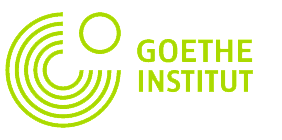
MOMENTUM Presents:
MOMENTUM Presents:
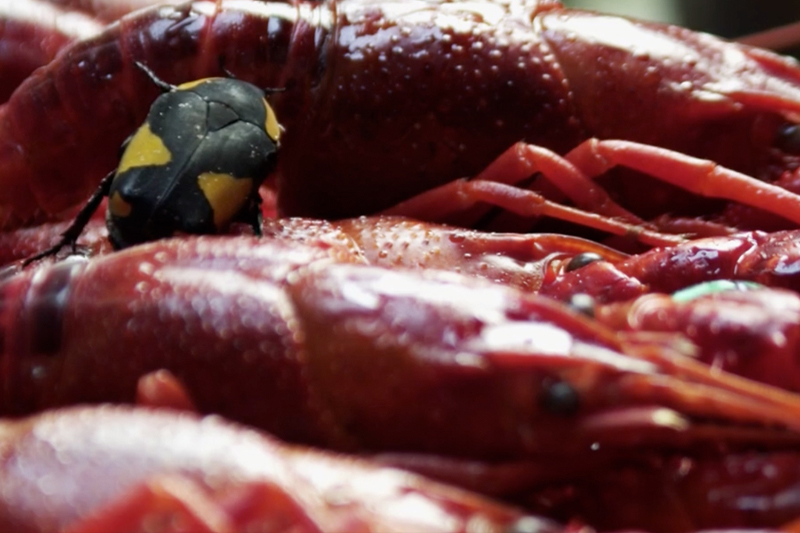
A Time For Dreams – Selected Videos from the 4th Moscow International Biennale for Young Art, curated by David Elliott

China, Beijing, Chaoyang, Baiziwan Rd,
32号苹果社区4号楼
16 – 30 November 2014
Chen Zhou // Wojtek Doroszuk // Versia Harris // Yuree Kensaku & Maythee Noijinda // Lu Yang // Ma Qiusha // Anuk Miladinovic // Sun Xun // Michael Wutz
|
READ THE CATALOGUE OF A TIME FOR DREAMS
|
Organizers of 4th Moscow International Biennale for Young Art:
National Centre for Contemporary Arts (NCCA), Moscow Museum of Modern Art (MMOMA)
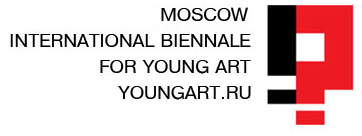
|
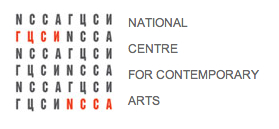
|

|
A Cooperation between MOMENTUM and the NCCA
In consciousness of the power, the necessity and moral framework of art, and of the many different ways in which dreams can be imagined and invoked, the 4th International Moscow Biennale of Young Art, from which the works in this screening program have been selected, presents propositions, myths, desires, beliefs – dreams – that are all, or can become, versions of reality. But inevitably, these too contain, and are contained by, other dreams and ideas. Benevolent or malevolent, open or closed, these ‘boxes’ may both reveal and hide what lies within them. But together, the works in A TIME FOR DREAMS create reverberations of recognition, anxiety, puzzlement, perplexity, knowledge, conviction, aspiration and delight that may transcend and demolish all barriers. The simple reason for this is that the containment of dreams is a futile, hopeless and impossible task. Understand them, we may; work with them, we should, but should we try to deny or imprison them, they would melt through our fingers like dust.
[Text by David Elliott]
ARTISTS and WORKS:
Work descriptions courtesy of the 4th International Moscow Biennale of Young Art Catalog
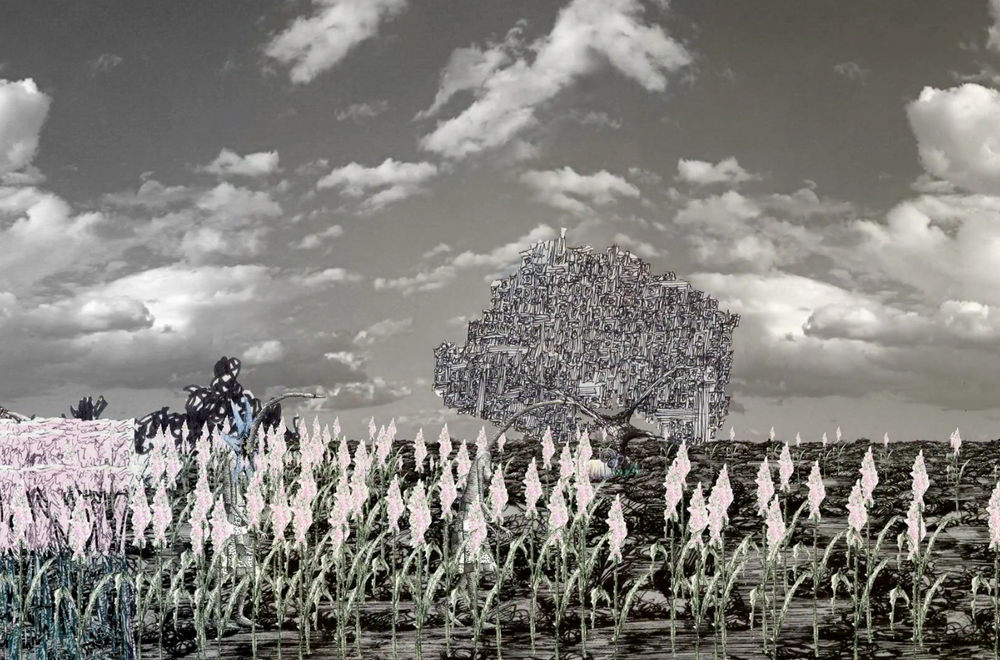
Versia Harris, They Say You Can Dream a Thing More Than Once, 2013
Versia Harris is a Barbadian artist living and working in Weston St. James. Upon graduating from the Barbados Community College with a BFA in Studio Art, she was given The Leslie’s Legacy Foundation Award for most outstanding student.She has shown is Trinidad and Aruba and will do a four week residency in at the Vermont Studio Center, Vermont, next year. She has created a narrative of an original character to address the perceptions of self as it compares to the unrealistic other. Her primary media includes pen and watercolour on paper. She also uses Adobe Photoshop to manipulate her drawings and create animations.
They Say You Can Dream a Thing More Than Once
(11:46 min (single channel))
My work explores the fantasies and experiences of a character of my own invention. This character is introduced to the animations of Walt Disney and consequently layers what she desires from these animations onto her life. Her perception of and relationship with her world changes as she compares her reality with the fantasies of the Disney stories.She struggles with her perception of self as “she” appears in complete contrast with theDisney princesses. Sparked by my interest in storytelling, I created this character and story to generate a comparison between the iconography of Disney and the reality “she’ knew. I have fabricated this narrative to address how one can be influenced by the media. How the things that we see, read or hear create a desire in us to possess those things and eventually integrate them into our reality only to consume them again. Yet I am also fascinated by the ways in which the very things that we desire from fantasy can elude our grasp while changing the ways we interact with what we see and feel round us. Ultimately, are fantasy and reality as distinct from each other as one would think? A dream is a wish your heart makes when you’re awake and They say you can dream a thing more than once are the two animations I have created to express the tension between a reality and the desire for an different reality. In these multiple large-scale projections. I wish to create animmersive environment and experience for the audience. The animations will also be revisited, re-edited and recombined as they interact with each other.
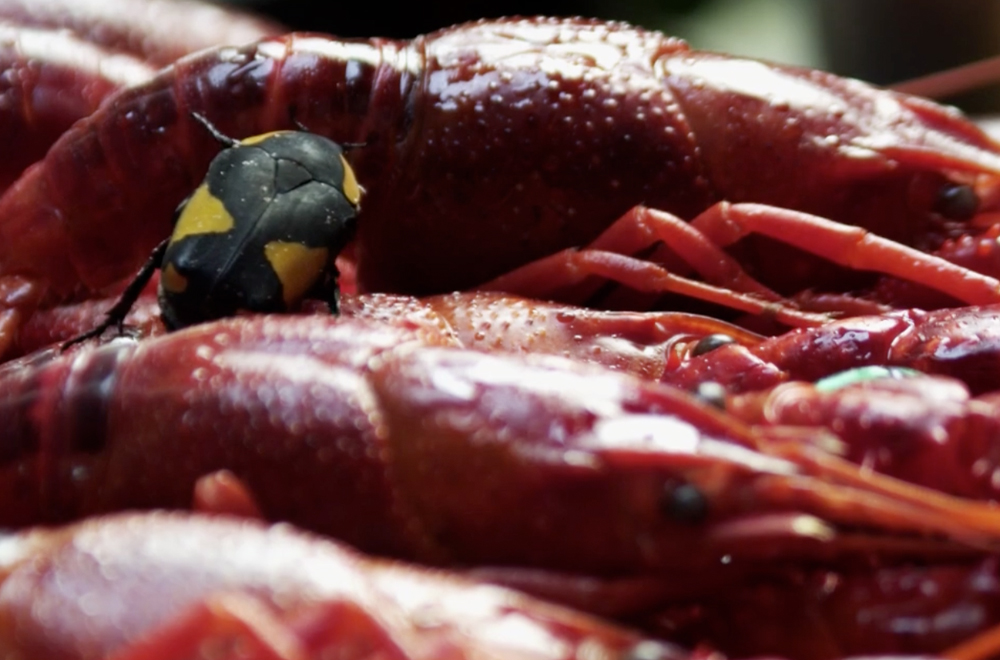
Wojtek Doroszuk, Festin, 2013
Wojtek Doroszuk (b. 1980 in Poland) is a video artist based in Krakow, Poland and Rouen, France. He graduated from the Academy of Fine Arts in Kraków, Faculty of Painting, in 2006. His works have been shown in numerous solo and group shows in, among others, Centre for Contemporary Art Ujazdowski Castle (Warsaw), Zachęta National Gallery of Art (Warsaw), Museum of Modern Art (Warsaw), Location One (New York), Marina Abramovic Institute (San Francisco), Belfast Exposed, The Stenersen Museum (Oslo), Joseph Tang Gallery in Paris etc.
FESTIN
(20:15 min HD Video, colour, sound stereo)
Festin takes as its inspiration the paintings of the 17th century Flemish still life artists, such as Frans Snyder, Jan and Ferdinand Van Kessel who depicted sumptuous spreads of food often with dead animals that have been recently shot. Here in a post-humanist experimentation, this has been employed to envisage a future world, from which human-beings have disappeared. The film portrays a vanitas tableau of decay and disorder where non-existent guests have been usurped by uninvited intruders — insects and abandoned dogs. This imagery creates a post-apocalyptic epilogue for humankind, a portent of a future that cannot help but refer to present-day representations of abandoned settlements and ghost towns around the world.
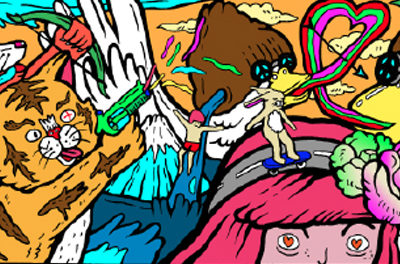
Yuree Kensaku & Maythee Noijinda, Twelve Cats
Courtesy of artists and 100 Tonson Gallery.
Born in 1979 in Bangkok, Thailand, Yuree Kensaku graduated from the Visual Arts Department of the School of Fine Arts and Applied Arts of Bangkok University in 2002. Her works were shown in solo exhibitions “108 Paths to Vanity” (2004, Bangkok); “It’s Spiritually Good!” (2005, Bangkok); “The Adventure of Momotaro Girl” (2007, Yokohama, Japan); “Love in Platinum Frame” (2007, Bangkok). Some recent group exhibitions she joined are “Talk about Love” (2007, Bangkok); “School of Bangkok: Who and Where are We in this Contemporary Era” (2007, Bangkok). Her works have been collected by the Yokohama Museum of Art in Japan.
Twelve Cats
(9 min)
Twelve Cats is inspired by the Thai folk tale, Nang Sib-song [‘12 Ladies’], a story about twelve ladies captured by a giant who blinds them and locks them in a cave. The ladies are siblings. Only the youngest retains her eyesight, and only in one eye. As they are confined to a cave and cannot find food, the ladies finally have to eat their own children, and then even each other. Here I have modified Twelve Cats from the original to create a fantasy world full of nightmares. I have imagined new animal characters that are both lovely and painful at the same time — all in their own ways.
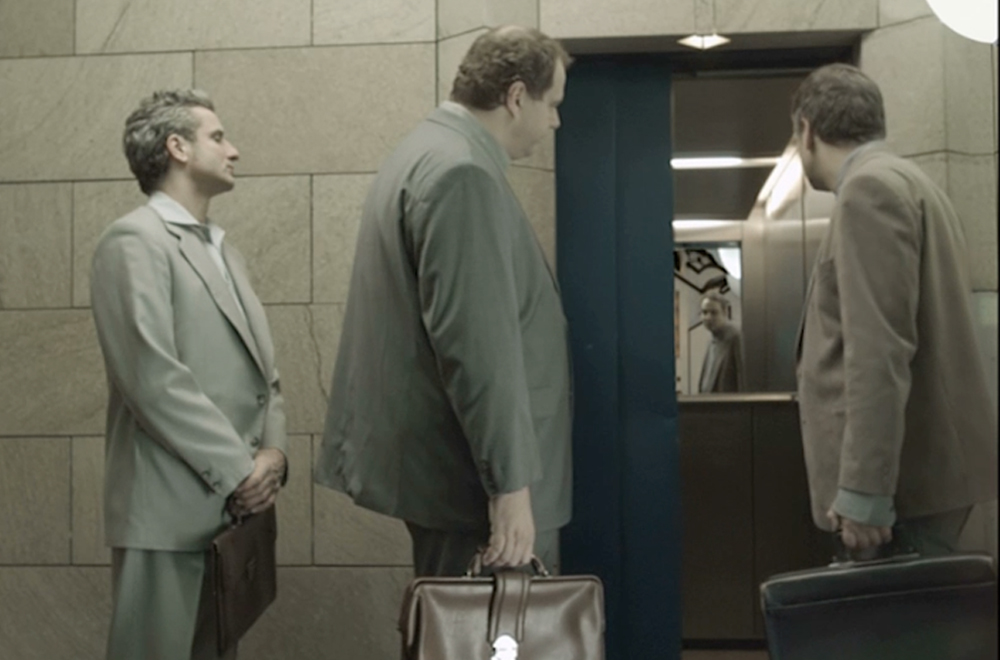
Anuk Miladinovic, Access, 2012
Anuk Miladinovic was born in Basel in 1984. In 2005-2012 she studied in Munich Academy of Fine Arts and successfully graduated under the supervision of Prof. Peter Kogler. The artist lives and works in Munich and Lissabon.
Access
(9:17 min video, color, sound. Photography: Jakob Wiessner, sound: Joachim von Breitenstein)
Access features a nondescript, grey, dry business environment where anonymous, slightly ridiculous businessmen with drab suits and briefcases, a cleaning woman, a metro station and a peculiar lift take centre stage. The film is a kind of confusing non-event, which intrigues precisely because it is a non-event: an illogical succession of repeated minor, banal actions by anonymous, silent, mostly waiting figures in carefully staged settings, in which the absurd and the surreal are recurrent themes. Although the film, and to a certain extent all of Miladinović’s work, is exceedingly illogical and alienating, it offers an instant familiarity, enabling the viewer to easily identify with what can be seen and heard. So I would describe this work as a visual fiction, and certainly not as a fantasy. The observational character of the piece, her through-composed images, attention to colour, detail, silence and rhythm and the sometimes slightly menacing undercurrent of her fiction evoke cinematic stylists such as Roy Andersson, Jacques Tati and David Lynch.
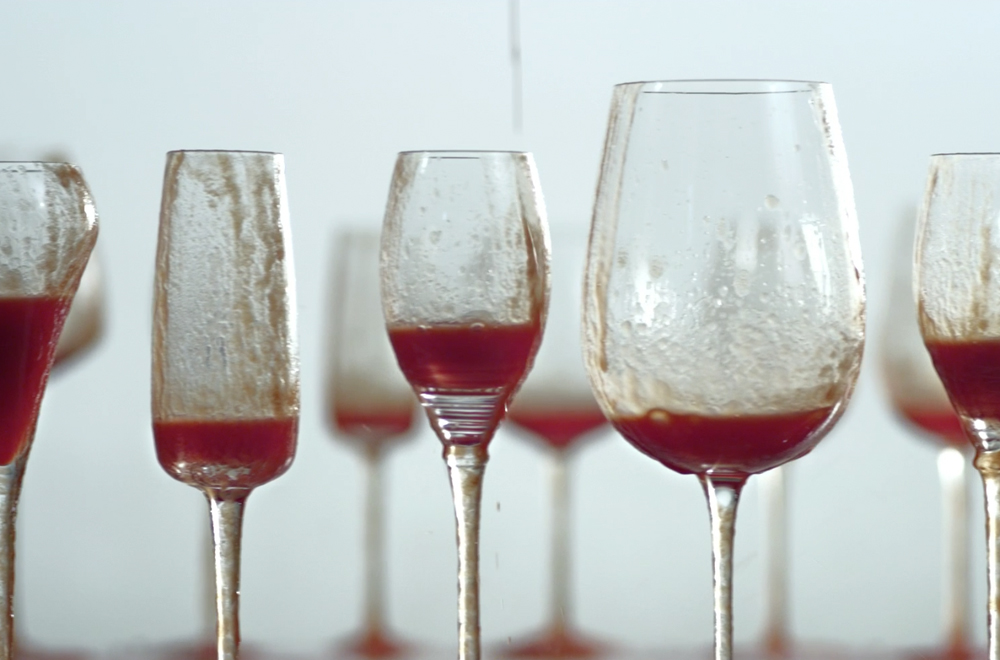
Ma Qiusha, Rainbow, 2013
Courtesy of artist and Beijing Commune.
Ma Qiusha was born in 1982 Beijing, China. In 2005 she Graduated from Digital Media studio of The Central Academy of Fine Arts. Beijing, China. In 2008 she finished MFA Electronic Integrated Art, Alfred University in New York, United States. Ma Qiusha had a number of solo exhibitions such as 51 m2#12:Ma Qiusha in 2010, Ma Qiusha:Address-Curated by Song Dong in 2011 and Static Electricity in 2012. The artist currently Lives in Beijing, China.
Rainbow
(3:43 min, single channel HD video)
Rainbow, recorded in one shot with a high-definition camera, presents a dream-like scene: three teenage girls, dressed for figure skating, spin hand in hand, mashing tomatoes under their skates. The acne on their young faces, the tiny mesh of the stockings on their vigorous legs, the splashing crimson juice of the fruit and the skate blades are amplified and rendered more vivid by the sharp lens of the camera.
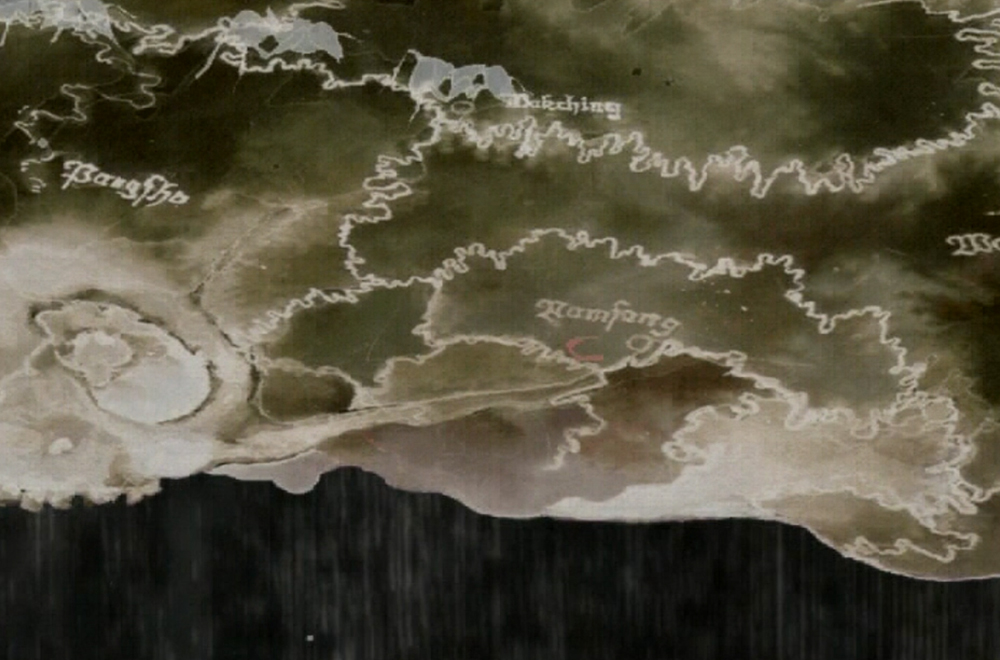
Michael Wutz, Tales, Lies and Exaggerations, 2011
Michael Wutz was born in 1979 in Ichenhausen, Bavaria, Germany. In 2004 he graduated from Schweizer Cumpana Scholarship for Painting in Bucharest. In 2001-2006 he studied at the Universität der Künste Berlin under Prof. Leiko Ikemura. In 2005-2006 Michael Wutz was a Master student under Leiko Ikemura at the UdK Berlin. The artist currently lives and works in Berlin.
Tales, Lies and Exaggerations
(9 min, experimental animation)
The animation Tales, Lies and Exaggerations combines various drawn, photographed and filmed documents connected with projects that I have been working on. The plot was inspired by the ‘Cut-Up’ technique developed by William S. Burroughs and Brion Gysin, as well as by proto-Surrealist authors such as the Comte de Lautréamont. Both these works examine different aspects of dreams and dreaming: its language, mechanisms, symbols and utopian spaces.
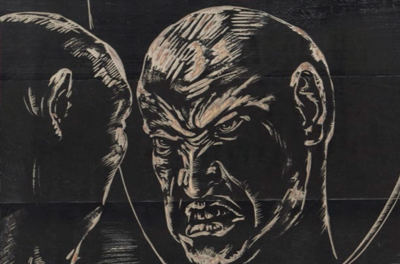
Sun Xun, Some Actions Which Haven’t Yet Been Defined in The Revolution, 2011
Courtesy of artist and ShanghART Gallery.
Sun Xun was born in 1980 and raised in Fuxin, located in the North East of China. In 2001 he graduated from Art High School of China Academy of Art and in 2005 from Print-making Department of China Academy of Art. Sun Xun has held multiple solo exhibitions around the world, most notably at the Hammer Museum (Los Angeles), The Drawing Center (New York), Kunsthaus Baselland (Basel), A4 Contemporary Arts Centre (Chengdu), Minsheng Art Museum (Shanghai) and the Louis Vuitton Taipei Maison (Taipei). He has also been included in numerous significant group exhibitions at the Skissernas Museum (Lund), Times Museum (Guangzhou), Jordan Shnitzer Museum of the Moving Image (New York), Minsheng Art Museum (Shanghai), Kunsthalle Bern (Bern) and Taiwan Museum of Fine Arts (Taipei), amongst others. Furthermore, his video work has been widely exhibited at film festivals around the world, from Germany and Austria, to Sweden, South Korea, Brazil and Iran. Sun Xun is widely considered one of China’s most talented rising artists. He was awarded in 2010 the Best Young Artists award by the CCAA, the Young Art Award by Taiwan Contemporary Art Link and the Arts Fellowship by Citivella Ranieri Foundation (Italy). The artist currently lives and works in Beijing.
Some Actions Which Haven’t Yet Been Defined in The Revolution
(12:22 min, video, single-Channel animation)
This is an animation film made using wood block printing that took more than a year to complete. Wood block printing has a unique history in China since it was used as a cultural weapon in the Revolution, and is still the inheritor of revolutionary spirit. So it is more than a technical medium. These animation frames relate a special memory of a remote country, but the memory continues to repeat in reality.
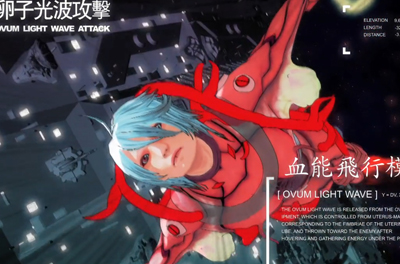
Lu Yang, Uterus Man, 2013
Lu Yang was born in 1974 in Shanghai, China. In 2007 – 2010 she did a Master of Arts New Media Art department, China Academy of Art 2003 – 2007 Bachelor of Arts New Media Art department, China Academy of Art. Her work has been widely shown at major alternative spaces throughout China and has earned the support of major figures like artists Zhang Peili, Yao Dajuin, and Wang Changcun and curator Zhang Ga. The artist had solo exhibitions in 2009 (“The power of reinforcement – Luyang’s solo exhibition”, Zendai MOMA, Shanghai), 2010 (“Lu Yang’s Hell”, Art Labor Gallery, Shanghai “Torturous Vision”, input/output, Hong Kong) and 2011 (“LU YANG: THE ANATOMY OF RAGE”, curated by Zhang Peili, UCCA, Beijing “The Project of KRAFTTREMOR” Boers Li Gallery, Beijing). The artist currently lives and works in Shanghai.
Uterus Man
(11:20 min, animation, projection HDMI, HD player, loud speaker)
The shape of the female uterus resembles the outline of a person standing straight, arms open wide; this is the source of inspiration for the character of Uterus Man. Each part of the armour of Uterus Man coincides with a different part of the human uterus. The gender of Uterus Man is ambiguous: it may seem to be male by virtue of its super-hero powers, but the source of these powers is the unique ability of the uterus to propagate. This contradictory configuration determines the asexuality of Uterus Man. ‘It’ possesses all kinds of unique ultra-deadly weapons, due in part to the power of altering genes and heredity functions. For example, using the power of gene alteration, its attack can instantly change the enemy into a weaker species, before pressing home the attack. The power of altering hereditary functions can change the sex of the enemy, or instantaneously evoke a genetic disease to weaken it, and then attack again. This contradictory configuration calls into question the law of propagation of natural beings. These queries concerning biological gender, grading of species, genetic breeding and evolution are all concealed within the integrated setting of Uterus Man. I, as the originator and creator of Uterus Man, would like to invite all creative types around the globe to march into the world of Uterus Man and change our ideas of the universe.
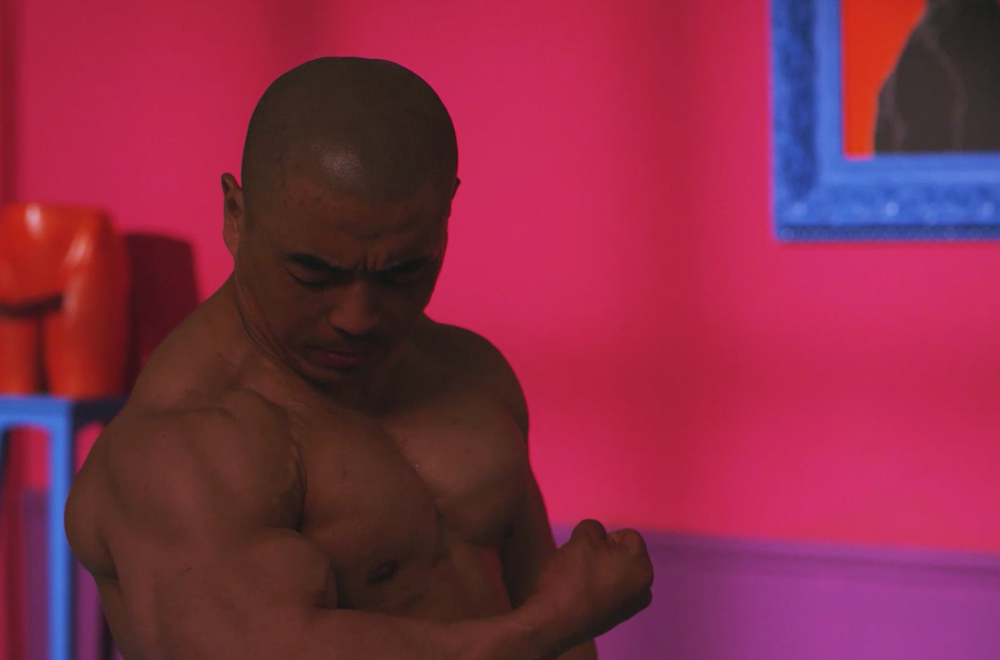
Chen Zhou, Spanking The Maid II, 2012
Courtesy of artist and Aike-Dellarco Gallery.
Chen Zhou was Born in 1987 in Zhejiang, China. In 2009 he graduated from China Central Academy of Fine Arts, Media Art Lad with BFA, Beijing, China. He had a number of solo as well as group exhibitions around China (SH Contemporary ‘Hot Spots’Project, AIKE-DELLARCO in Shanghai Exhibition Center in 2013, I’m not not not Chen Zhou in Magician Space in 2013 and ’m not not not Chen Zhou at Magician Space in Shanghai in 2014).The artist currently lives and works in New York.
Spanking The Maid II
(13 min, HD digital film, color, sound)
Spanking the Maid is a plan for a feature-length film based on Robert Coover’s novel of the same title,. It consists of 4 parts: top-level conference, fitness program, spanking the maid and Koro. The entire plan explores in four loops the structure of the power system. This will be the second part of the whole film, and is concerned with media violence and the construction of awareness. It shows how the media encompasses an underlying pornographic desire that seeps into a will for power.
ABOUT THE CURATOR
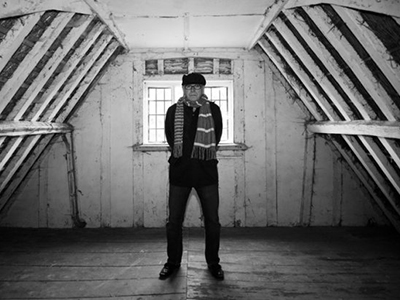
David Elliott is an English born curator and writer. From 1976 to 1996 he was Director of the Museum of Modern Art in Oxford, England, Director of Moderna Museet [The National Museum of Modern and Contemporary Art] in Stockholm, Sweden (1996-2001), founding Director of the Mori Art Museum in Tokyo (2001-2006), the first Director of the Istanbul Museum of Modern Art [Istanbul Modern] (2007), Artistic Director of the 17th Biennale of Sydney (2008 – 2010) and Artistic Director of the 1st Kiev International Biennale of Contemporary Art (2011-12), Artistic Director of the 4th International Biennale of Work by Young Artists in Moscow (2014-2014), Rudolf Arnheim Guest Professor in Art History at the Humboldt University, Berlin (2008) and Visiting Professor in Museum Studies at the Chinese University in Hong Kong (2008/11/13). From 1998 until 2004 he was President of CIMAM (the International Committee of ICOM for Museums of Modern Art). He is Hon President of the Board of Triangle Art Network/Gasworks in London.
ABOUT THE 4TH MOSCOW INTERNATIONAL BIENNALE FOR YOUNG ART
The Moscow International Biennale for Young Art is one of the largest and most ambitious projects in the field of contemporary art. The Biennale combines the creative initiatives of artists of the new generation from Russia and abroad. Leading Moscow museums and centers of contemporary art, in collaboration with regional and foreign partners, have participated in the preparations for this event.
The project attracts the steady attention of critics, curators and other representatives of professional society and a wide section of the public; all who are not indifferent to the future of art.
One of the main tasks of the Biennale is to discover new young artists. The project presents an opportunity to the new generation to create links and set up creative partnerships within the professional art scene. The Biennale provides a space to demonstrate the relevant strategies of the new generation of artists and curators.
For this fourth edition of the International Biennale for Young Art in Moscow David Elliott has chosen the title A Time for Dreams in acknowledgement of the chronic precariousness of our own times and the urgent need for the dreams and visions of younger and future generations to break the barrier of ‘things as they are’ to make things better.
The organisers of the Biennale are the The National Centre for Contemporary Arts (NCCA) and Moscow Museum of Modern Art (MMOMA).
ABOUT NCCA
The National Centre for Contemporary Arts (NCCA) is a museum, exhibition and research organization which aims its efforts at the development of contemporary Russian art within the context of the global art process, at the creation and implementation of programs and projects in the sphere of contemporary art, architecture and design both in this country, and beyond its borders.
The National Centre for Contemporary Arts was created in Moscow in 1992, at the moment when contemporary art was only acquiring the basis for its normal existence and development in Russia. The Centre provided an important and crucial structure consolidating the activities of masters of contemporary art, stimulating their creative efforts. The activity of NCCA has been essential in the processes of the reorganization of the artistic life in Russia during the 1990s. It was important both for Moscow, where the Centre was based then, and for many regions of the country where NCCA efforts initiated the implementation of art projects in the sphere of contemporary art triggering the processes of its development there.
Today, when the efforts of the previous years are bringing fruit, the National Centre for Contemporary Arts continues its active work aimed at the development and popularization of the Russian contemporary art and its integration in the global art context. At present NCCA is a network institution with its branches in major cultural centres of Russia, such as St. Petersburg, Nizhnii Novgorod, Yekaterinburg, Kaliningrad, Vladikavkaz and Tomsk.
ABOUT MMOMA
Moscow Museum of Modern Art (MMOMA) is the first state museum in Russia that concentrates its activities exclusively on the art of the 20th and 21st centuries. Since its inauguration, the Museum has expanded its strategies and achieved a high level of public acknowledgement. Today the Museum is an energetic institution that plays an important part on the Moscow art scene.
The Museum was unveiled on December 15, 1999, with the generous support of the Moscow City Government, Moscow City Department of Culture. Its founding director was Zurab Tsereteli, President of the Russian Academy of Arts. His private collection of more than 2.000 works by important 20th century masters was the core of the Museum’s permanent display. Later on, the Museum’s keepings were enriched considerably, and now this is one of the largest and most impressive collections of modern and contemporary Russian art, which continues to grow through acquisitions and donations.
Today the Museum has five venues in the historic centre of Moscow. The main building is situated in Petrovka Street, in the former 18th-century mansion house of merchant Gubin, designed by the renowned neoclassical architect Matvey Kazakov. Apart from that, the Museum has three splendid exhibition venues: a vast five-storey building in Ermolaevsky Lane, a spacious gallery in Tverskoy Boulevard, the beautiful building of the State Museum of Modern Art of the Russian Academy of Arts, and Zurab Tsereteli Studio Museum.
ABOUT today art museum
Today Art Museum is now able to look back proudly at its 10 years’ history. In the past decade, the museum has dedicated itself to maintaining a modern vision, engaging in an international platform and upholding professional operation tactics. All of which have contributed to the continuous launching of hundreds of exhibitions, seminars, educational programmes and projects of contemporary art over the years. The Museum commits itself to boosting the development of China’s contemporary art, as well as the introduction and display of the essence of contemporary art from around the world.
Today Art Museum has been keen on exploration and reform ever since its founding days. The strategic positioning and goal of a non-profit art museum is constantly being established and revised. The operational techniques and organizational structure have been elevated to an optimal level. The Museum has not only expanded in space, but also in its more comprehensive functions of exhibition, collection, research, education and promotion. The Museum’s art publication and digital virtual display system have also been further developed.
Along with further efforts to standardize the operational model of a private-owned art museum, we will strive to enrich the Museum’s social functions and undertake more social responsibilities in the next 5 years. The Museum will take in-depth study of the overall development of China’s contemporary art and put more emphasis on cultural communication with the rest of the world. Through various forms of exhibitions and academic exchanges, we will be able to establish a means for joint development with our partners. We will invest every effort to look for practical opportunities to promote positive interaction between artists, art institutions and projects from China and abroad.
Read the full information on MOMENTUM web-site
